There’s something undeniably magical about cooking at home.
The way your kitchen fills with the scent of garlic sizzling in olive oil, the pride of plating a dish that actually looks Instagram-worthy, and that first bite that makes you think, “Okay… I might actually be good at this.”
But let’s be real: even the most enthusiastic home cooks make mistakes—some tiny, others tragic (looking at you, rubbery chicken).
And sometimes, the difference between “meh” and “wow” isn’t a fancy sous-vide machine or a culinary degree—it’s just knowing a few simple tips that change the game.
Whether you’re a newbie who just graduated from boxed mac and cheese or a seasoned stir-fry master looking to level up, this guide’s for you.
1. Overcrowding the Pan
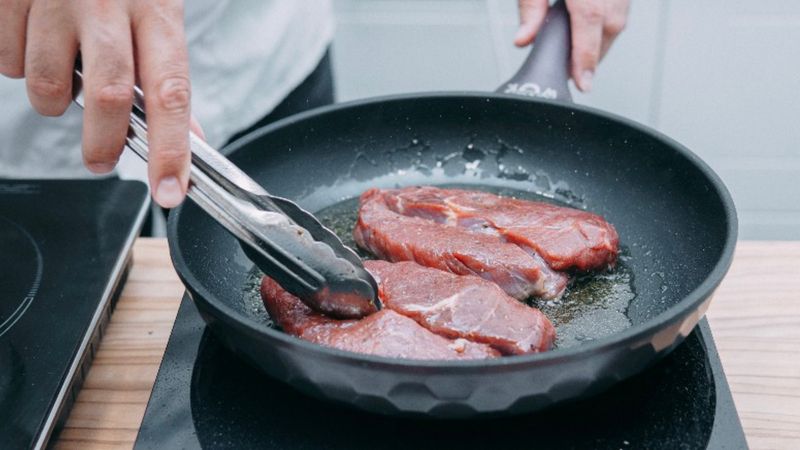
We’ve all been there, eagerly tossing everything into the pan at once. But patience is your friend here. Overcrowding can lead to steaming, leaving your veggies soggy and your meat looking a bit gray.
Instead of that lovely caramelized crust, you end up with a lackluster dish. Give ingredients room to breathe, and you’ll achieve that much-desired sear.
Remember, cooking is as much about timing as it is about temperature. So next time, maybe try two batches instead of one, and your taste buds will thank you!
2. Not Preheating the Pan
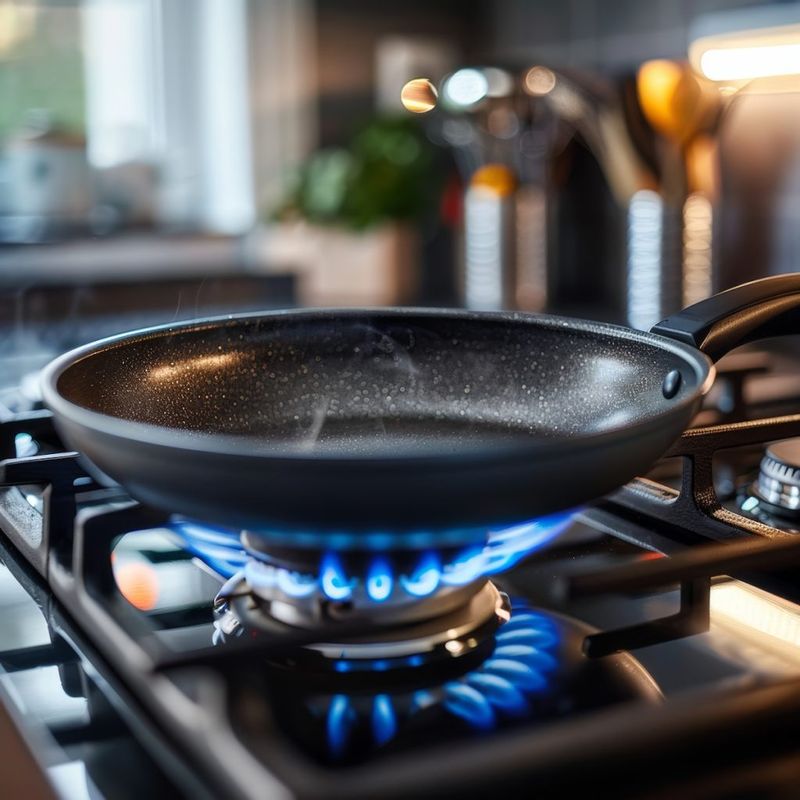
Jumping right into cooking without preheating your pan? This can be a recipe for disaster. When your pan isn’t hot enough, achieving that perfect golden crust becomes an uphill battle.
The food sticks, tears, and just doesn’t cook evenly. To avoid this pitfall, give your pan a moment to heat up before adding your ingredients.
Think of it like warming up before exercise—it just makes everything better. Your dishes will taste richer and cook more uniformly, making your efforts truly shine.
3. Underseasoning
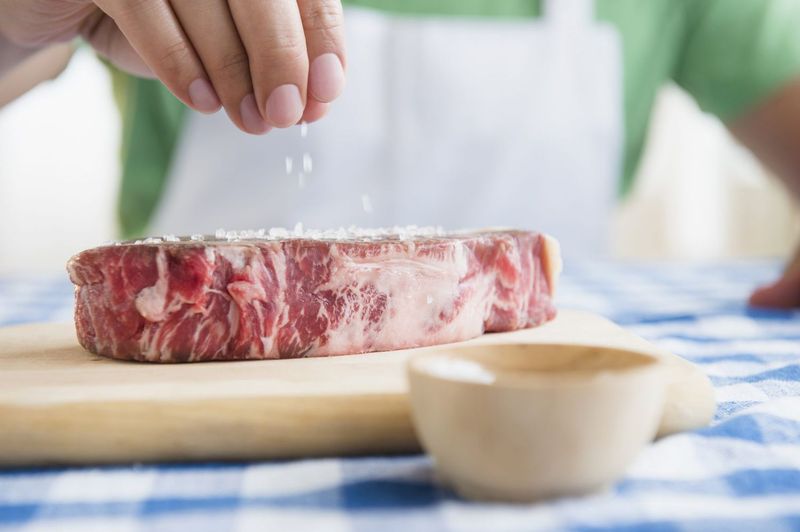
Ever wondered why some dishes taste flat? It might be due to underseasoning. Salt isn’t the enemy; it’s your ally in enhancing flavors. But don’t stop there—explore the aromatic world of herbs and spices.
Tasting as you cook can save a dish from blandness. Start with a little and gradually add more, striking a balance that suits your palate.
So, next time you cook, let your creativity flow. Play with different seasonings and transform ordinary meals into extraordinary culinary experiences.
4. Cutting Meat Right After Cooking
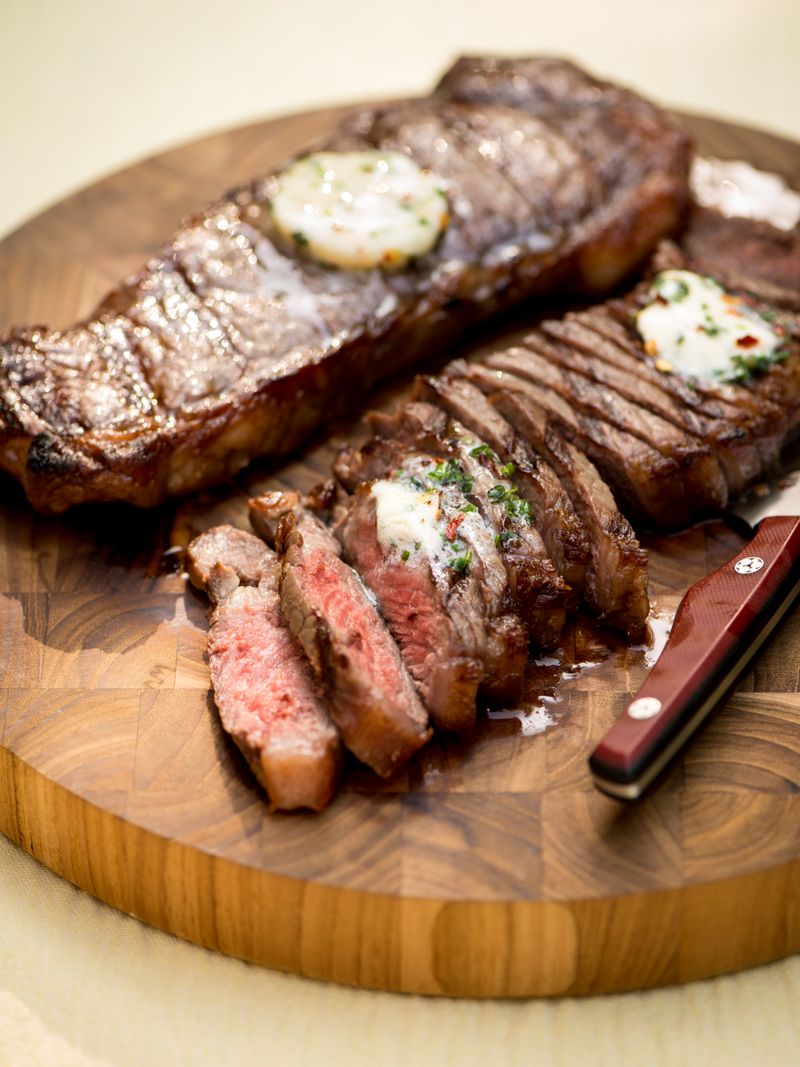
Slicing into that juicy steak right away? Tempting, but patience yields better results. Cutting meat immediately causes the juices to escape, leaving it dry.
Allowing meat to rest lets the juices redistribute, ensuring each bite is tender and flavorful. This simple step enhances the entire eating experience.
Think of it as letting the flavors settle. Whether it’s beef, chicken, or pork, a brief pause can make all the difference in taste and texture.
5. Using Dull Knives
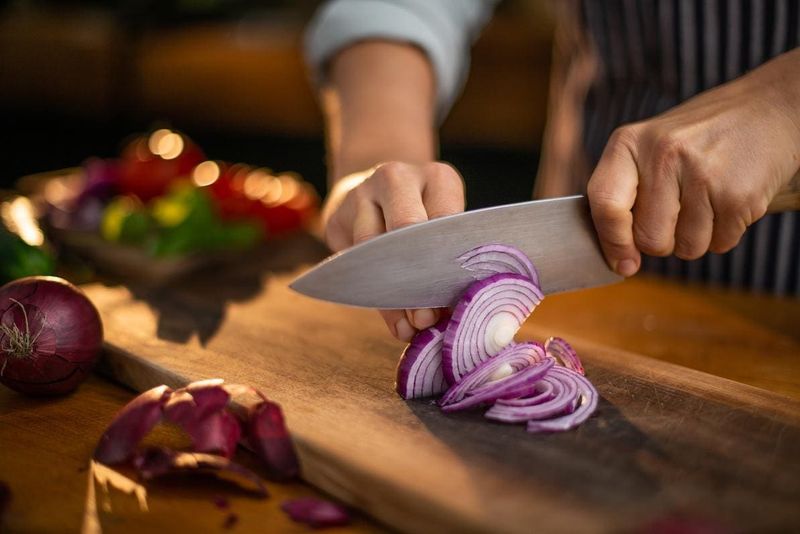
Ever struggled with cutting a tomato, only to squash it instead? That’s the curse of a dull knife. Not only does it make prep work tedious, but it’s also a safety hazard.
Sharp knives slice cleanly, preserving the integrity of your ingredients. Plus, they’re much more efficient, saving you time and frustration.
Investing a little effort in maintaining your knives keeps them sharp and ready for action. After all, a good knife is a chef’s best friend.
6. Boiling Instead of Simmering
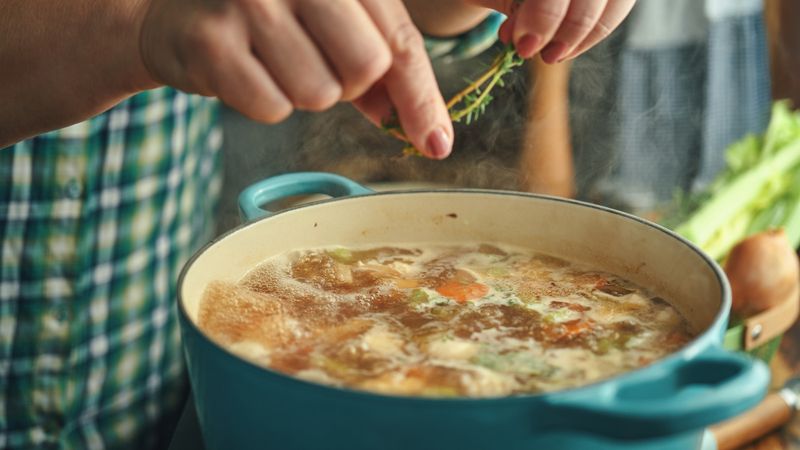
Cranking up the heat might seem like a shortcut, but it can turn sauces and pasta into culinary disasters. Boiling aggressively can cause sauces to split and pasta to overcook.
A gentle simmer offers more control, allowing flavors to meld beautifully. This method preserves the texture and integrity of your ingredients.
Next time, turn down the heat and let your dish develop gradually. Your taste buds will appreciate the nuance and depth this brings to your cooking.
7. Not Tasting as You Go
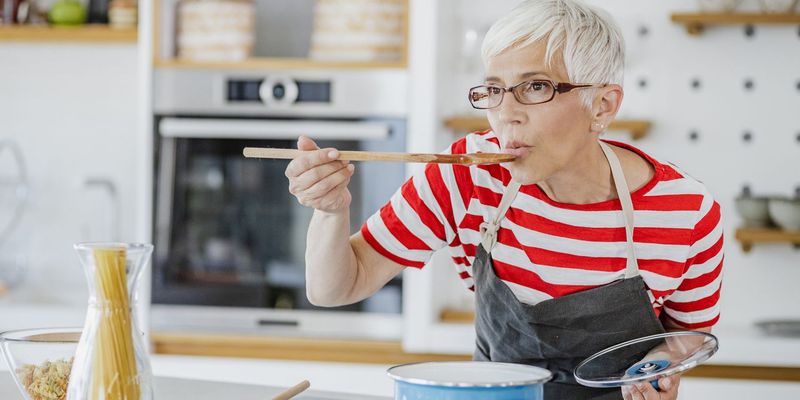
Imagine painting a masterpiece blindfolded—sounds tricky, right? Similarly, cooking without tasting can lead to unexpected results.
Adjusting seasonings, texture, and balance throughout the process ensures your dish hits the right notes. It’s like having a conversation with your food, constantly refining until it’s just right.
So, don’t be shy! Grab a spoon and taste along the way, turning potential mishaps into marvelous meals.
8. Using the Wrong Oil
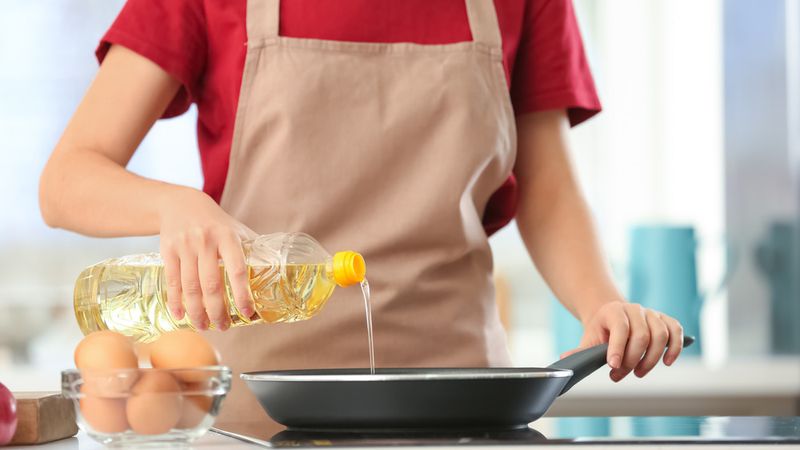
Ever had smoke pouring from your frying pan? It might be the oil’s fault. Not all oils are equal when it comes to heat.
Olive oil shines at low to medium heat, but for a sizzling sear, opt for canola or avocado oil. Choosing the right oil can enhance both flavor and texture.
It’s all about knowing your tools. The right oil elevates your cooking, keeping dishes delicious and your kitchen smoke-free.
9. Ignoring Ingredient Temperature
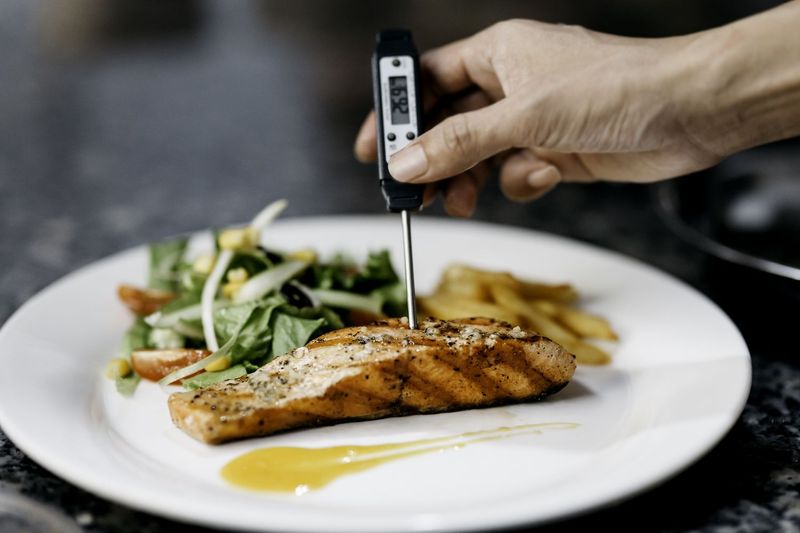
Ever wondered why your cake batter curdled or your steak cooked unevenly? The temperature of your ingredients plays a pivotal role.
Cold butter can prevent cake batter from mixing smoothly, while cold meat can seize up in a hot pan.
Bring ingredients to room temperature before cooking. This simple adjustment ensures everything cooks or bakes evenly, making your dishes more reliable and tasty.
1. Mise en Place (Everything in Its Place)
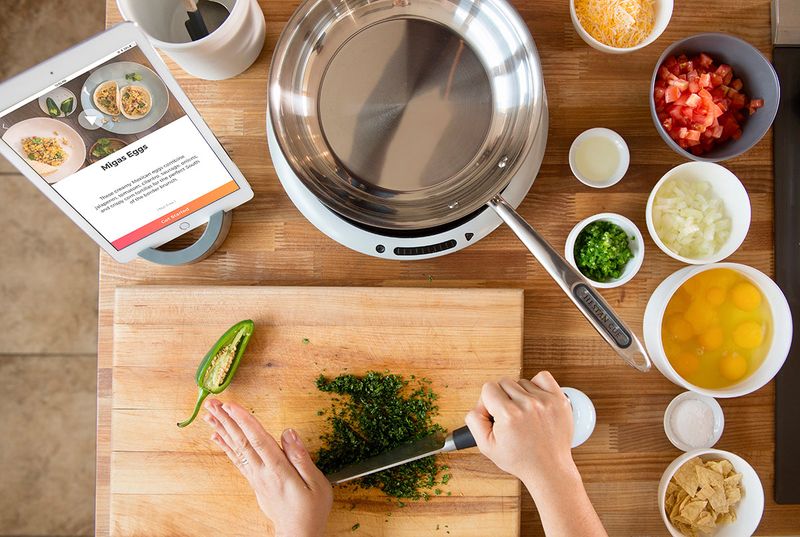
Cooking can feel like a whirlwind, but organization is the key to smooth sailing. Mise en place, a French culinary phrase, means prepping all ingredients before you start cooking.
This practice keeps you organized and ensures a seamless flow. Imagine having everything within reach—no frantic searches for a missing spice.
With ingredients prepped and ready, you can focus on the joy of cooking, making it a more relaxing and enjoyable experience.
2. Invest in a Few Quality Tools
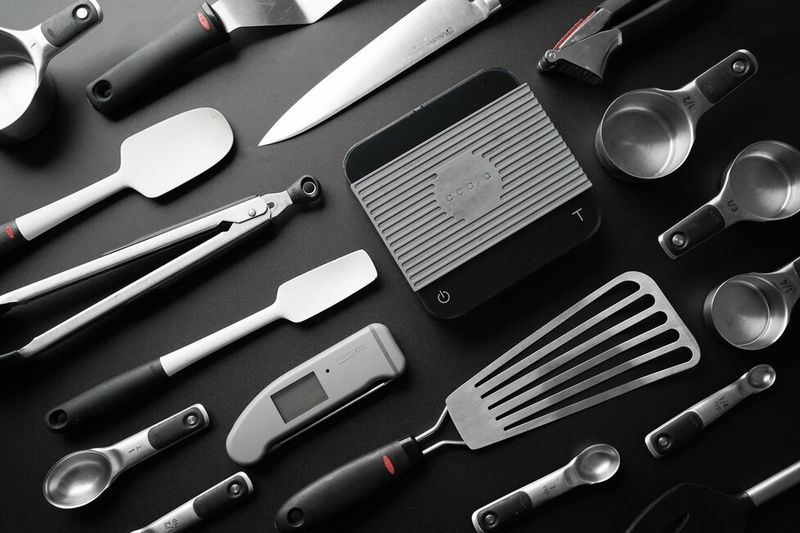
Sometimes, equipment makes all the difference. Investing in a sharp chef’s knife, a versatile cast iron skillet, and a reliable meat thermometer can transform your cooking.
These tools provide precision and enhance your efficiency in the kitchen. A good knife makes prep work swift, while a cast iron skillet delivers perfect sears.
Quality tools are an investment in your culinary journey. They open doors to new techniques and elevate your home cooking to new heights.
3. Layer Your Flavors

Why settle for flat flavors when you can create depth in your dishes? Layering flavors starts with aromatics like garlic and onion, then building through toasting spices.
Cooking in stages enriches the overall taste, adding complexity and richness. It’s like composing a symphony, each layer contributing to the whole.
So spice things up, literally! Experiment with different combinations, and let your dishes sing with flavor and nuance.
4. Deglaze Your Pan
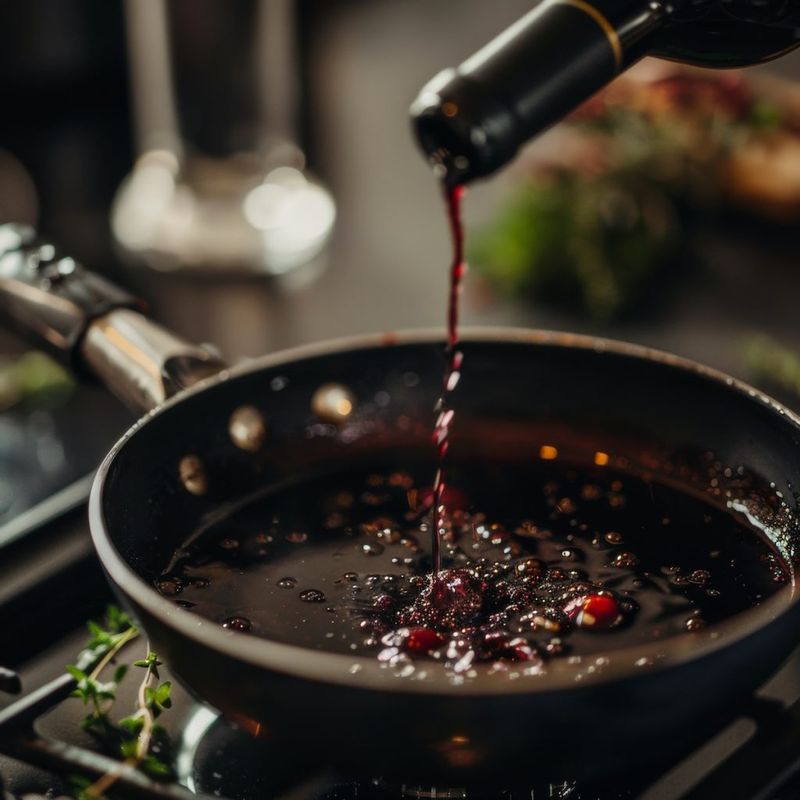
Don’t wash away those brown bits in the pan—they’re pure gold! After sautéing or searing, add a splash of wine, broth, or even water to lift those flavorsome bits.
Deglazing creates a rich sauce that enhances your dish, capturing all the essence left behind.
It’s a chef’s secret to depth and sophistication. Next time, let those brown bits inspire a luscious sauce that transforms a good dish into a great one.
5. Use Acid to Brighten Dishes
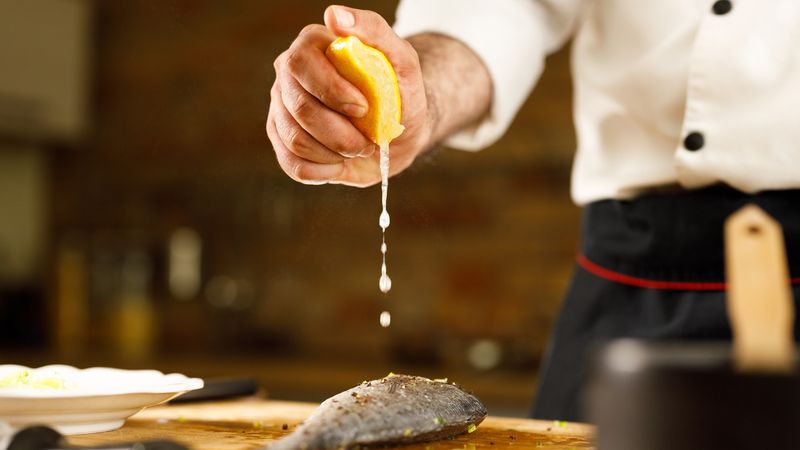
Ever felt like something’s missing from your dish? A touch of acidity can be magical, adding vibrancy and balance.
A squeeze of lemon or dash of vinegar can transform flavors, providing that “aha!” moment. It’s a simple trick that elevates your cooking game.
So, next time life gives you lemons, use them to brighten your culinary creations, turning ordinary dishes into extraordinary delights.
6. Learn Basic Cooking Techniques
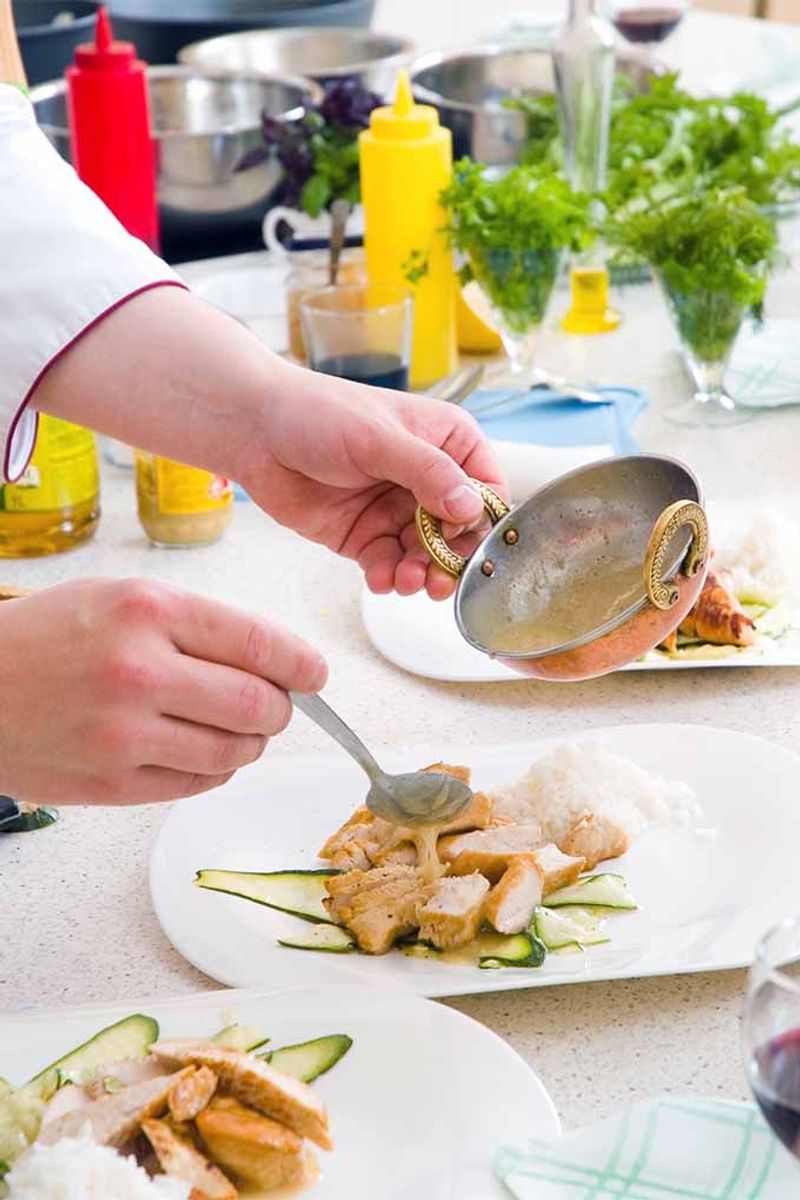
Mastering basic techniques is your passport to culinary freedom. Roasting, sautéing, braising, and baking are fundamental skills that open up a world of possibilities.
Once you understand these core methods, creativity flows effortlessly. You can improvise with confidence, adapting recipes to your taste.
Learning the basics empowers you to create delicious meals that impress, making you the hero of your kitchen.
7. Try One New Ingredient a Week
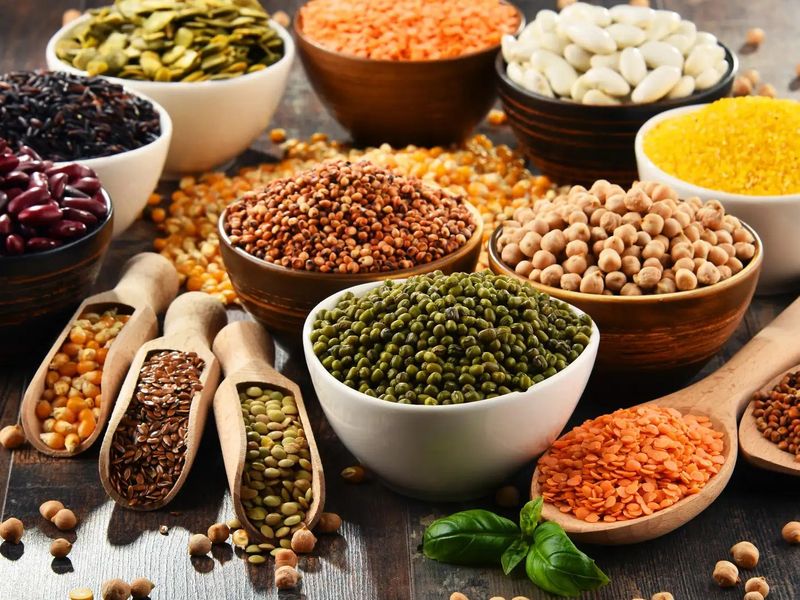
Keep your cooking exciting by exploring one new ingredient each week. Whether it’s a spice, herb, or vegetable, variety is the spice of life.
Experimenting with unfamiliar ingredients broadens your culinary horizons and adds an element of surprise to your meals.
This refreshing approach keeps your taste buds on their toes, making each dining experience an adventure.
8. Finish with Fresh Herbs
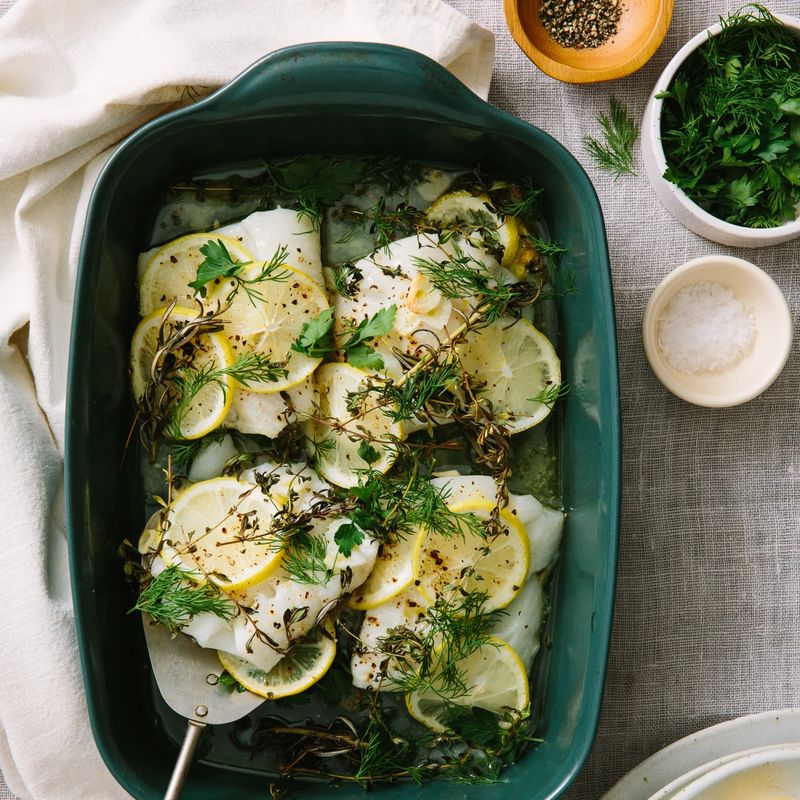
Imagine a dish that looks beautiful but lacks a little pizzazz. Fresh herbs can be your finishing touch, adding brightness and freshness.
Chopped parsley, cilantro, basil, or mint swirled in at the end can make a dish feel lively and vibrant.
This simple addition enhances both appearance and flavor, taking your home cooking to restaurant-quality levels.
9. Keep a Clean Workspace

Cooking chaos is no fun, and a clean workspace is your best ally. Cleaning as you go keeps your kitchen organized and your mind focused.
It’s easier to enjoy cooking when you’re not surrounded by clutter. A tidy space ensures you can find what you need, when you need it.
So, make cleaning part of your culinary routine, and savor the peace it brings to your cooking experience.
Leave a comment